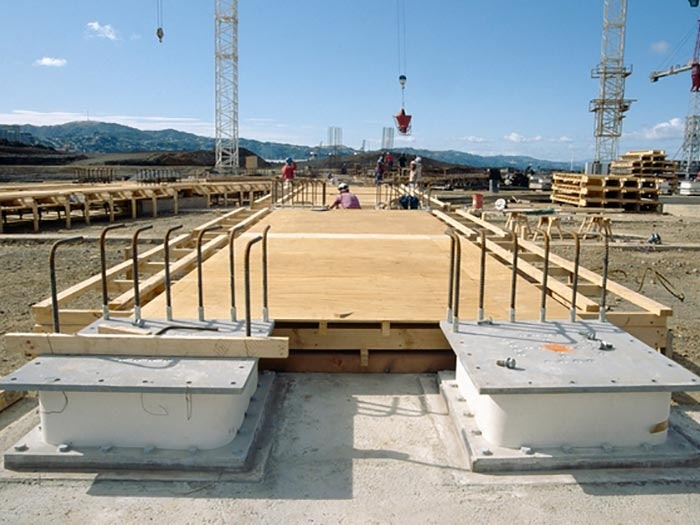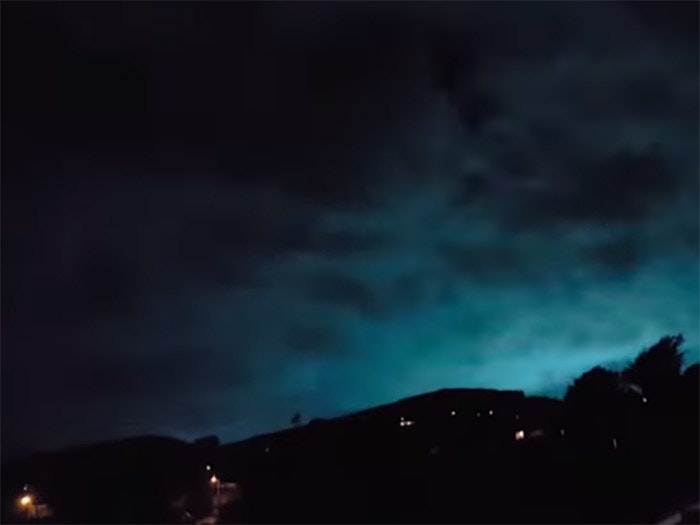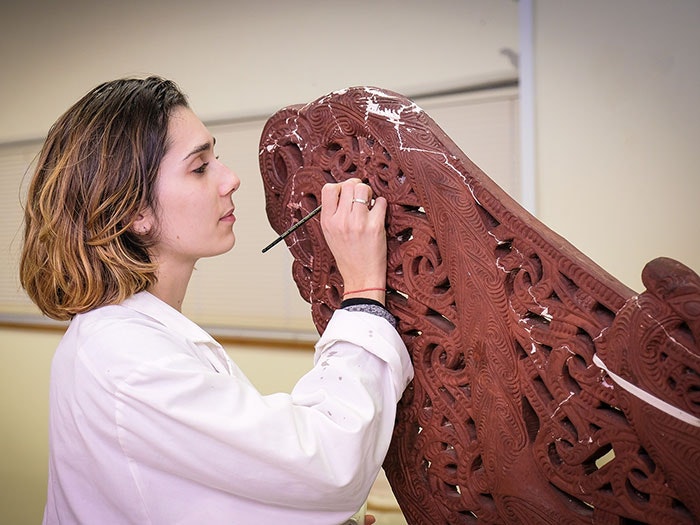
Halting the jolts: How Te Papa resists earthquakes
How did Te Papa survive the Kaikoura earthquake nearly unscathed?
Free museum entry for New Zealanders and people living in New Zealand
Open every day 10am-6pm
(except Christmas Day)
Free museum entry for New Zealanders and people living in New Zealand
Go underground to see the amazing Kiwi innovation that ‘puts the brakes on’ in an earthquake.
Permanent exhibition
Outside, Level 1
Free with museum entry
All ages
10 minutes
Have you ever wondered what would happen to Te Papa in an earthquake? Our building sits close to a major fault line on soft, reclaimed land – how do we keep our taonga and people safe?
Go underground at Quake Braker to see the amazing Kiwi innovation that ‘puts the brakes on’ in an earthquake.
In Quake Braker you can:
see some of the 152 base isolators that Te Papa sits on
try our interactive ‘shake table’ to see how base isolators work in an earthquake
watch a video that tells the ‘foundation' story of Te Papa
examine a scratch pad that records the movement between our building and its base.
Base isolators are large rubber blocks laminated with steel, and with pure lead columns inside. They were invented by New Zealand scientist Dr William Robinson.
This ingenious invention isolates the building from earthquakes and damps much of the shaking. Reducing the severity of shaking helps to protect the people and contents inside Te Papa.
Base isolators are now used in buildings around the world in areas subject to seismic activity.
Quake Braker exhibition, 2017. Photograph by Rachael Hockridge. Te Papa

How did Te Papa survive the Kaikoura earthquake nearly unscathed?

